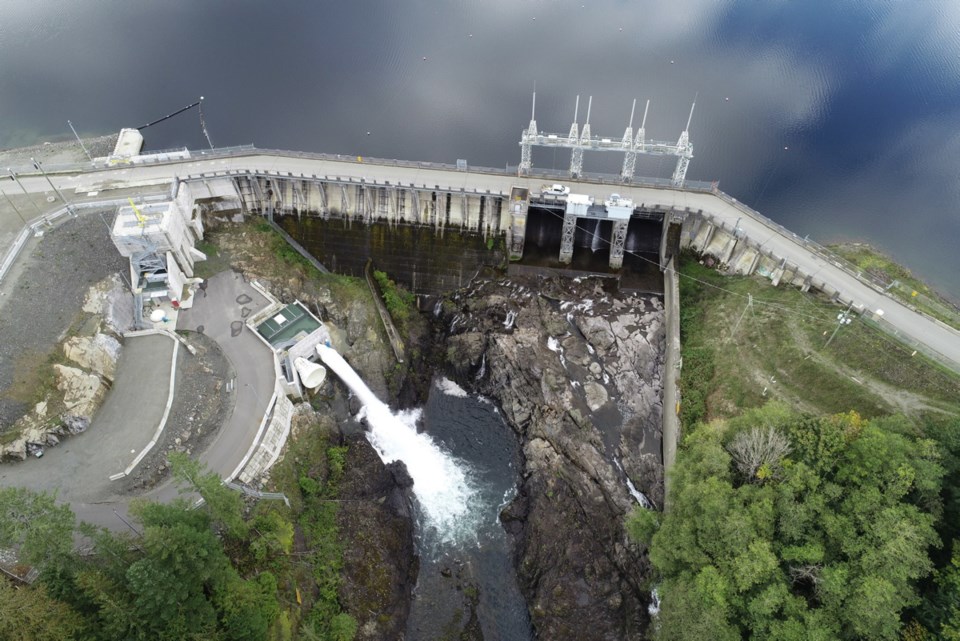B.C. Hydro is rolling out a website aimed at job seekers and contractors interested in participating in three seismic-improvement projects each valued at hundreds of million dollars.
The Crown corporation is pushing ahead with plans for upgrades at three dams near Campbell River, expected to create a few hundred jobs.
B.C. Hydro’s goal is to see the projects begin in 2023, with work continuing for about five years.
The Strathcona, Ladore and John Hart dams are each more than 70 years old. B.C. Hydro has drawn up plans to upgrade them to ensure they withstand a major earthquake.
The website — at majorprojects.ca — follows a similar one rolled out in 2011 for the now-completed $1.1-billion John Hart Dam generating station replacement project.
B.C. Hydro worked with the Campbell River and District Chamber of Commerce on that website and is doing so again, said Hydro spokesman Stephen Watson, who called the site a “one-stop centre” for potential economic opportunities from the dam upgrade project. The goal is to help connect those wanting to work on the project with bidding teams and the contractor that’s eventually selected, he said.
On the website, users can find a section for job seekers and businesses. A business directory will be started next year, where companies can register on the site’s supplier database. That will allow them to promote the business skills, trades, equipment and supplies in Campbell River and nearby, Watson said.
B.C. Hydro’s capital project information and schedules are posted on the website and will be updated regularly.
All three projects need consent from the B.C. Utilities Commission to go ahead. After that, they go to B.C. Hydro’s board of directors for financial approval.
The first on the schedule is the largest dam, the John Hart. A major earthquake could result in the failure of both the John Hart and Strathcona dams. If that happened, water could reach downtown Campbell River in about an hour, according to a hazard analysis study.
In the case of the Ladore dam, it requires new spillway gates. Its gates would be replaced with ones at a lower elevation in order to allow water to be drawn down quickly, and thus ease pressure on the dam if an earthquake occurred.
Mary Ruth Snyder, executive director of the Campbell River and District Chamber of Commerce, said the website will give workers and businesses lots of lead time to prepare for the projects, and help them to stay informed as they progress.
Organizations that were part of the original collaboration team for the John Hart generating station project included North Island Employment Foundations Society, North Vancouver Island Aboriginal Treaty Society, Vancouver Island Construction Association and Vancouver Island Economic Alliance. These and other organizations, such as Industry Training Authority and North Island College, will likely be brought on board as early as next year, Watson said.
B.C. Hydro has set up a Campbell River dam safety project website to provide general community updates and awareness, at bchydro.com/crdamsafety.



